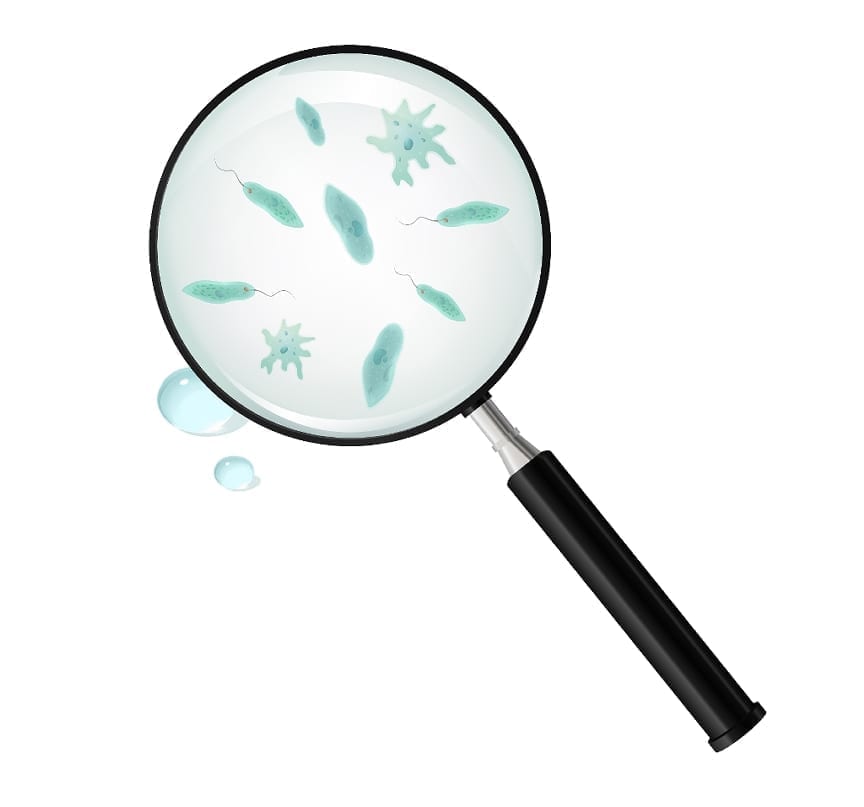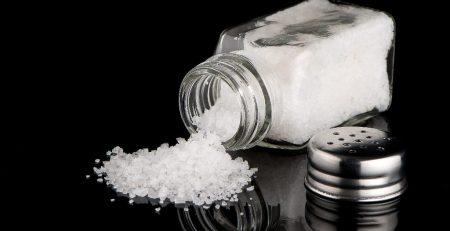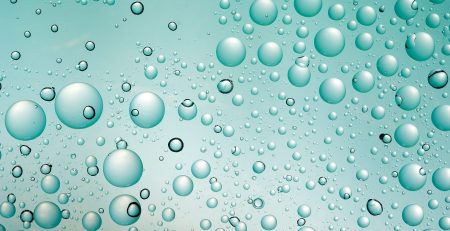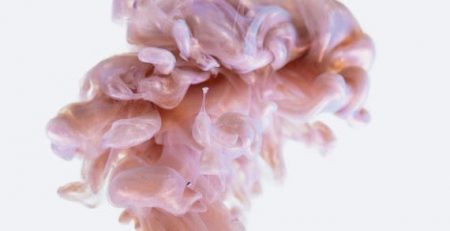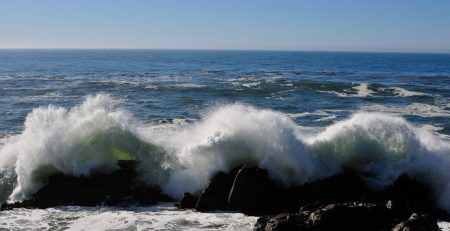Brain-eating Amoeba
A certain nasty amoeba has been given the nickname “brain-eating amoeba”. It’s called Naegleria fowleri. It is a microscopic, single-celled organism that is found all over the world in soil and in warm freshwater places such as lakes rivers, hot springs, and rarely, insufficiently chlorinated swimming pools. If caught, it can cause an abominable brain infection called primary amoebic meningoencephalitis (PAM), though it is very rare. PAM has been reported in almost every continent, though it is uncommon. The USA has reported the majority of the cases. The death rate of this case is about 97%. Only 34 cases have been reported in the U.S in over a decade. The majority of people who have come in contact with this organism were exposed to water.
The organism initially lives off bacteria that reside in freshwater habitats, but it is possible that humans can obtain it if water containing the organism goes up the nose. An 8th-month-old infant is thought to have picked up the infection from a full-submersion baptism dunking. You cannot pick up the infection by drinking the contaminated water. if contaminated water enters the nose, the organisms attach the mucous membranes that line the nasal cavity. It reaches the brain by traveling along the olfactory nerve. The olfactory nerve delivers sensory information about the smell to the brain. It feeds on the nervous tissue using sucker-like structures when it reaches the olfactory bulbs. It demolishes this region of the brain and causes the loss of smell and taste, which can happen around five days after the primary infection.
Symptoms such as neck stiffness and headache can occur as a result of inflammation of the brain, due to an immune response, that was triggered by the organism traveling along nerve fibers. The infection advance and causes more symptoms such as delirium, hallucinations, and seizures. In the course of time, the extensive acceleration in pressure experienced from the swelling results in the death of the patient. Southern states like Florida and Texas are where the majority of the infections occurred in the U.S. Possible climate change could have possibly allowed the cases to happen much north. It was reported that last week, a 9-year-old girl from Kansas died from the infection after picking up the amoeba while swimming. Before 2013, it had been 35 years since a person survived the infection. During the summer of 2013, two children that were the age of 12 and 8 survived PAM because of a drug that was mainly developed as an anticancer agent called Miltefosine. Though the first child made a full recovery, the second child experienced permanent brain damage.




